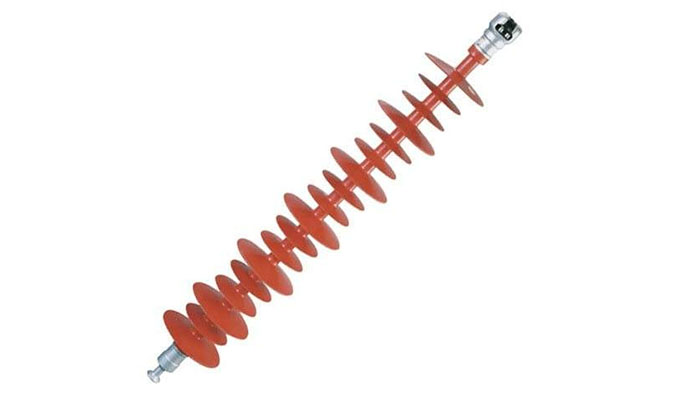Pure silicon is a semiconductor, and its properties lie halfway between good conductors and good insulators. It conducts electricity as well behave as an insulator under specific configurations and environmental conditions.
![]()
Piece of high purity silicon at room temperature
Silicon can be doped with other elements to raise or drop conductivity according to different applications.
Due to the excellent features and acceptable price, silicon is now the material widely used in semiconductor devices.
Contrary to the element silicon,Silicone is a synthetic made up of oxygen, silicon, and other components, most commonly carbon and oxygen.
![]()
The liquid silicone rubber before putting into a mold form
Silicone has many useful properties, and it can be a rubber-like plastic of high heat resistance and provide good electrical insulation.

composite insulator for High-Voltage transmission lines
Silicone insulator is also called silicone rubber insulator, polymeric insulator, or composite insulator, and it is a good electrical insulator used in High-Voltage transmission and distribution lines.
According to the applications, there are several types of silicone insulators: pin insulators, post insulators, suspension insulators, and so on.
Frequently Asked Questions
Pure silicon is a semiconductor, and its properties lie halfway between good conductors and good insulators, it can conduct electricity as well as behave as an insulator under specific configurations and environmental conditions.
Silicon is a chemical element with a symbol Si on the periodic table, and its atomic number is 14. Silicon is the second most common minerals in the earth’s crust.
Silicon is neither metal nor nonmetal, it’s metalloid. The properties lie halfway between metal and nonmetal.
Pure silicon is too reactive to exist in nature, and it is widespread in the crust as a compound in the form such as sand, clays, and soils.
It is a solid at room temperature, and its melting point is 2,577°F (1,414°C) and boiling point 5,909°F (3,265°C).
Silicon is widely used commercially, especially in the computer and microelectronics industries, such as Electronics, Silicone, Solar panels, and so on.
In commercial production, the 98 percent pure silicon is usually obtained by heating silicon dioxide(sand) with carbon to about 2000° C in an electric furnace.
Silicon is most commonly used for making semiconductor devices because of stable performance and lower prices.
Pure silicon costs around 100 U.S. cents per pound in 2019, the price is always changing due to the markets.